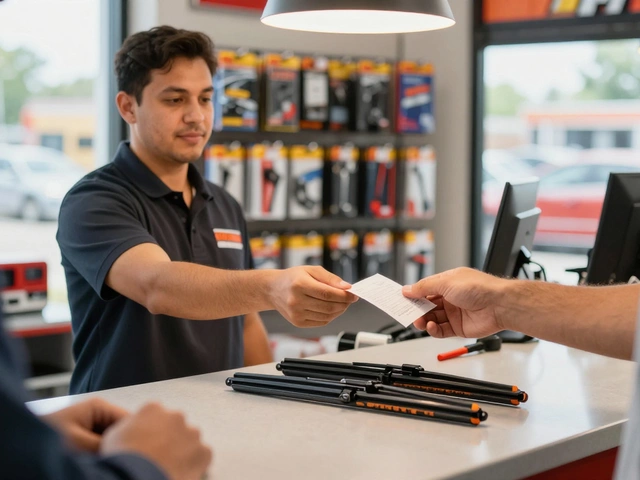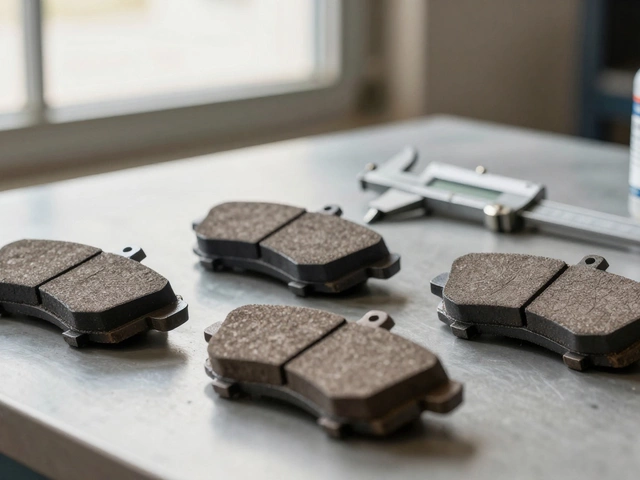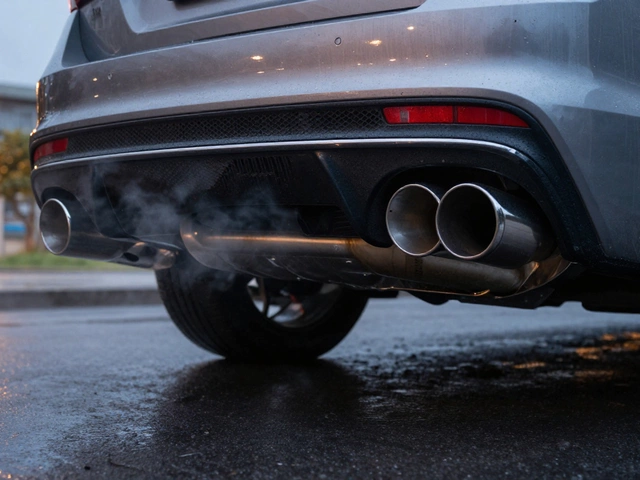Fuel Pump Replacement Cost: What You Really Pay For
When dealing with fuel pump replacement cost, the total amount you spend to remove a failing pump and install a new one. Also known as fuel pump repair price, it combines parts, labor, and any needed system checks. Understanding this figure helps you avoid surprise bills and plan for future maintenance.
One major component is the fuel pump, the pump that moves gasoline from the tank to the engine. Another factor is labor cost, the hourly rate mechanics charge for the time spent on the job. The overall process falls under automotive repair, any service performed by a professional shop or certified technician. Finally, the health of the fuel system, the network of tank, lines, filter, and pump that delivers fuel can affect both parts price and labor time.
How the Cost Breaks Down
Fuel pump replacement cost encompasses three core pieces: the part itself, the labor to remove and install it, and any diagnostic or ancillary work. A brand‑new OEM pump typically runs $150‑$350, while a quality rebuilt unit drops to $80‑$180. Labor varies widely—$70‑$150 per hour in most regions, and the job usually takes 1.5‑3 hours. Add a small fee for fuel‑system cleaning or pressure testing, and you have a full picture of what drives the final number.
Labor cost influences the total expense more than you might think. Shops that charge higher hourly rates can finish the job quickly, but the bill may still outrun a slower, cheaper shop that takes longer. Conversely, a shop that offers a flat‑rate pump swap can give you a predictable price, often bundling the fuel‑system check into the same figure.
The condition of the fuel system also matters. Corroded fuel lines, a clogged filter, or a dirty fuel tank can add extra steps, extending labor time and increasing parts needs. That's why many mechanics recommend inspecting the full fuel system before swapping the pump—catching hidden issues early can prevent a $200 surprise later.
When it comes to saving money, choosing a rebuilt pump is the most common move. Rebuilt units are tested to factory specs, and they usually carry a warranty that rivals new parts. If you have a reliable mechanic you trust, a rebuilt pump can shave $100‑$200 off the parts portion without sacrificing performance.
DIY‑installation is another route, but it’s not for everyone. You’ll need the right tools— a fuel line disconnect tool, a torque wrench, and a safe way to relieve fuel pressure. Mistakes can lead to leaks, fire hazards, or damage to the new pump, which often ends up costing more than a pro install. If you’re comfortable with basic mechanical work and have the tools, the labor cost component can drop to near zero, leaving you with just the part price.
Lastly, don’t ignore the diagnostic fee. A proper fuel‑system pressure test confirms that the pump is truly the culprit, saving you from needless part replacement. Many shops include this test in the labor quote, but if you walk in without it, expect a $50‑$80 charge.
All these pieces—parts, labor, diagnostics, and system health—interact to shape the final fuel pump replacement cost. Below you’ll find articles that dive deeper into each aspect, from price trends for OEM versus rebuilt pumps to step‑by‑step guides on how to evaluate labor quotes. Use the insights to compare estimates, plan your budget, and decide whether a DIY approach makes sense for your ride.

Fuel Pump Replacement Cost: What to Expect
Learn the typical price range for replacing a fuel pump, understand parts vs labor costs, compare OEM, aftermarket and remanufactured options, and get tips for DIY or professional service.
CONTINUE READING







